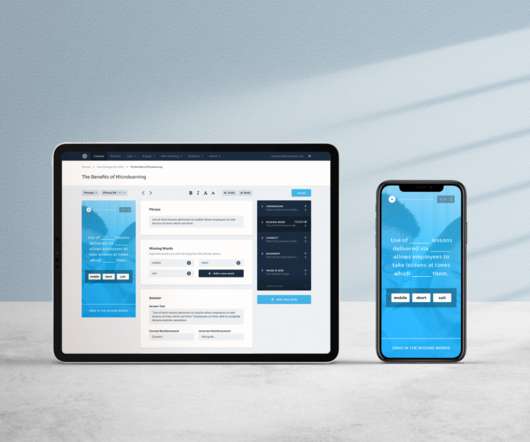Bloom’s taxonomy of learning
Ed App
OCTOBER 12, 2020
Bloom’s Taxonomy of Learning . This simple process of progression can be likened to how Benjamin Bloom illustrated learning through Bloom’s Taxonomy of Learning. This simple process of progression can be likened to how Benjamin Bloom illustrated learning through Bloom’s Taxonomy of Learning.

















































Let's personalize your content